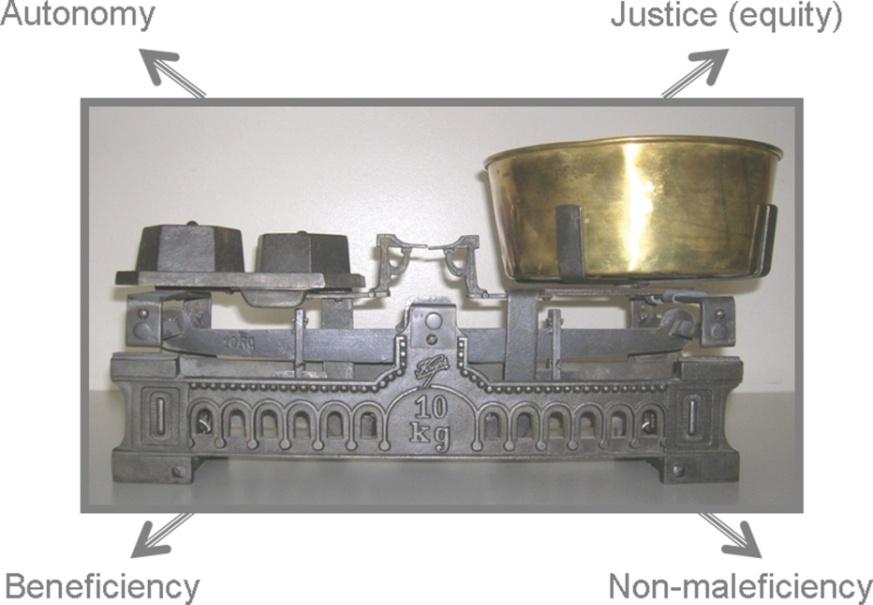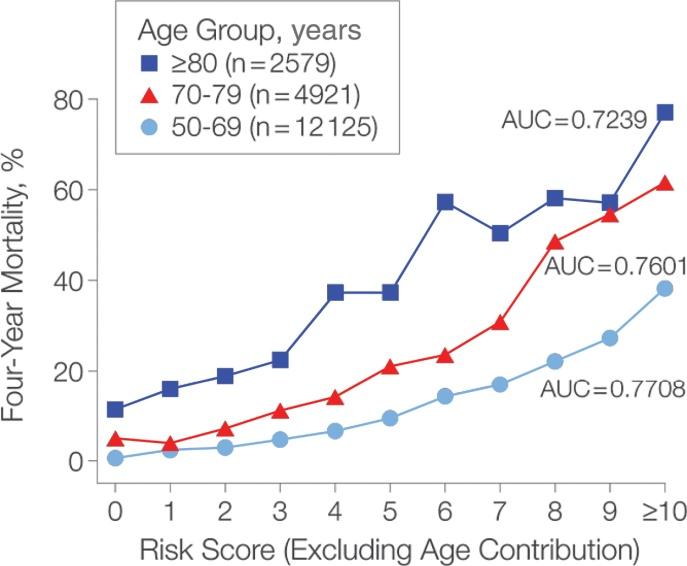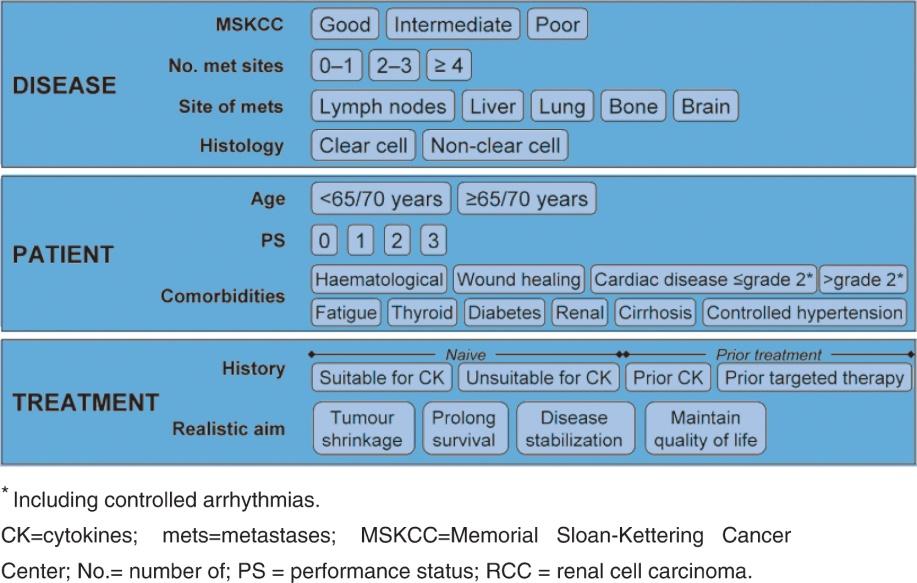
1 minute read
Cancer Demographics
This means that the global proportion of older people (> 60 years) will increase from 11.7 % in 2013 to 21.1% by 2050. In Europe, the proportion of elderly people (≥ 65 years) will reach 28% by 2050.
The proportion of older people requiring support from adults of working age will increase from 12.3% in 1995 to 17.2% in 2025. The proportion of young people under 20 years will at the same time fall from 40% to 32% of the total population by 2025. While the number of people aged over 65 will rise from 390 million to 800 million by 2025, reaching 10% of the total population by 2025. This means increases up to 300% of the older population are expected in many developing countries, especially in Latin America and Asia.
Advertisement
Cancer is primarily a disease of old age. According to the National Cancer Institute (NCI), 60% of newly diagnosed malignancies are found in people over the age of 65 years. The same age group accounts for 70% of cancer deaths. Overall, the elderly are 10 times more likely to get cancer and 15 times more likely to die from cancer than people under the age of 65 years.
If all other factors remain the same, the demographic changes (population growth and an increasingly higher percentage of older individuals in the world population) will lead to a global increase of cancer incidence.





